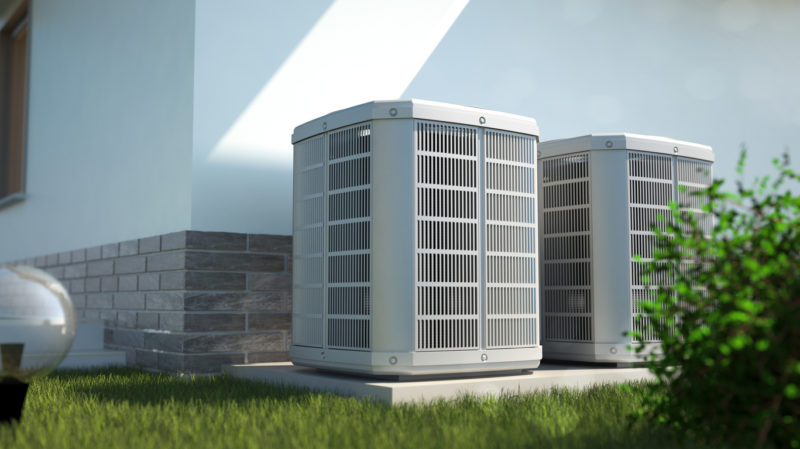HVAC Energy Ratings: SEER, AFUE, and HSPF Explained
Trying to figure out everything you need to know about HVAC systems can start feel like cracking a code, especially when you’re confronted with acronyms like SEER, AFUE, and HSPF. Understanding what these ratings mean is your key to making informed decisions about your home’s heating and cooling systems. We want to help you grasp these concepts so you can choose the most energy-efficient and cost-effective options for your home.
SEER: Seasonal Energy Efficiency Ratio
Let’s start with SEER, which stands for Seasonal Energy Efficiency Ratio. This rating measures the efficiency of your air conditioner or heat pump during the cooling season. Think of it as miles per gallon for your car but for your air conditioner. Ultimately, the higher your HVAC system’s SEER rating is, the more efficiently the unit operates. Current models on the market typically range from SEER 13 to SEER 22. In California, the minimum standard is SEER 13, but choosing an HVAC system with a higher SEER rating can significantly reduce your electricity bills during those hot summer months.
However, you should keep in mind that a high SEER rating alone doesn’t guarantee peak performance. The actual efficiency can vary based on the installation quality and the compatibility of the entire HVAC system, including ductwork and air handlers.
AFUE: Annual Fuel Utilization Efficiency
Next, we have AFUE, or Annual Fuel Utilization Efficiency, which comes into play when you’re dealing with furnaces. This rating indicates how well your furnace converts gas into heating energy. The AFUE percentage indicates the amount of fuel that your furnace consumes in order to heat your home and how much is wasted. For instance, a furnace with an AFUE of 90% means that 90% of the energy in the fuel becomes heat for the home, and the remaining 10% escapes.
Upgrading to a furnace with a higher AFUE rating can offer more warmth for your dollar, especially during the chilly nights prevalent in many parts of California during the winter. The most modern furnaces have AFUE ratings that can go up to 98%, essentially converting nearly all the fuel to useful heat.
HSPF: Heating Seasonal Performance Factor
If you’re using a heat pump, HSPF, or Heating Seasonal Performance Factor, is your key efficiency metric during the heating season. Similar to SEER, HSPF is a measure of the efficiency of heat pumps, but it calculates how effectively they convert electricity into heating power. Higher HSPF ratings point to a more efficient heat pump. The minimum standard is HSPF 7.7, but as with SEER, choosing a unit with a higher HSPF can lead to significant energy savings in the long run, particularly if you rely on your heat pump for both heating and cooling.
Why Do These Ratings Matter?
Understanding and considering SEER, AFUE, and HSPF ratings you’re when selecting a new HVAC system can help you lower your utility bills, reduce your carbon footprint, and enhance the overall comfort of your home. Energy-efficient systems may come with a higher upfront cost, but they can offer substantial savings over time through lower operating costs.
Choosing the Right System
When you’re ready to upgrade or replace your home’s HVAC system, think don’t just think about the initial price, you should also consider the long-term benefits. An energy-efficient system might cost more upfront but will save you money by lowering your monthly energy bills. Also, consider incentives such as rebates or tax credits for energy-efficient home improvements, which can help offset the initial expense.
For homeowners in California, it’s also important to choose systems that are suited to the climate and your specific home needs. A system that’s too large or too small for your home won’t operate efficiently, no matter its energy rating.
Maximizing Home Comfort and Efficiency
When you want to make informed choices about your HVAC systems, remember, the right equipment matched with professional installation can maximize your home’s energy efficiency. If you’re considering an upgrade or need guidance on which system best fits your needs, professionals like those at Valley Comfort Heating and Air are just a call away, ready to provide the expertise you need. This approach helps you get the most out of your investment in HVAC technology, making your home comfortable and efficient year-round.
Keep an eye for more news & updates on Buzz Released!






